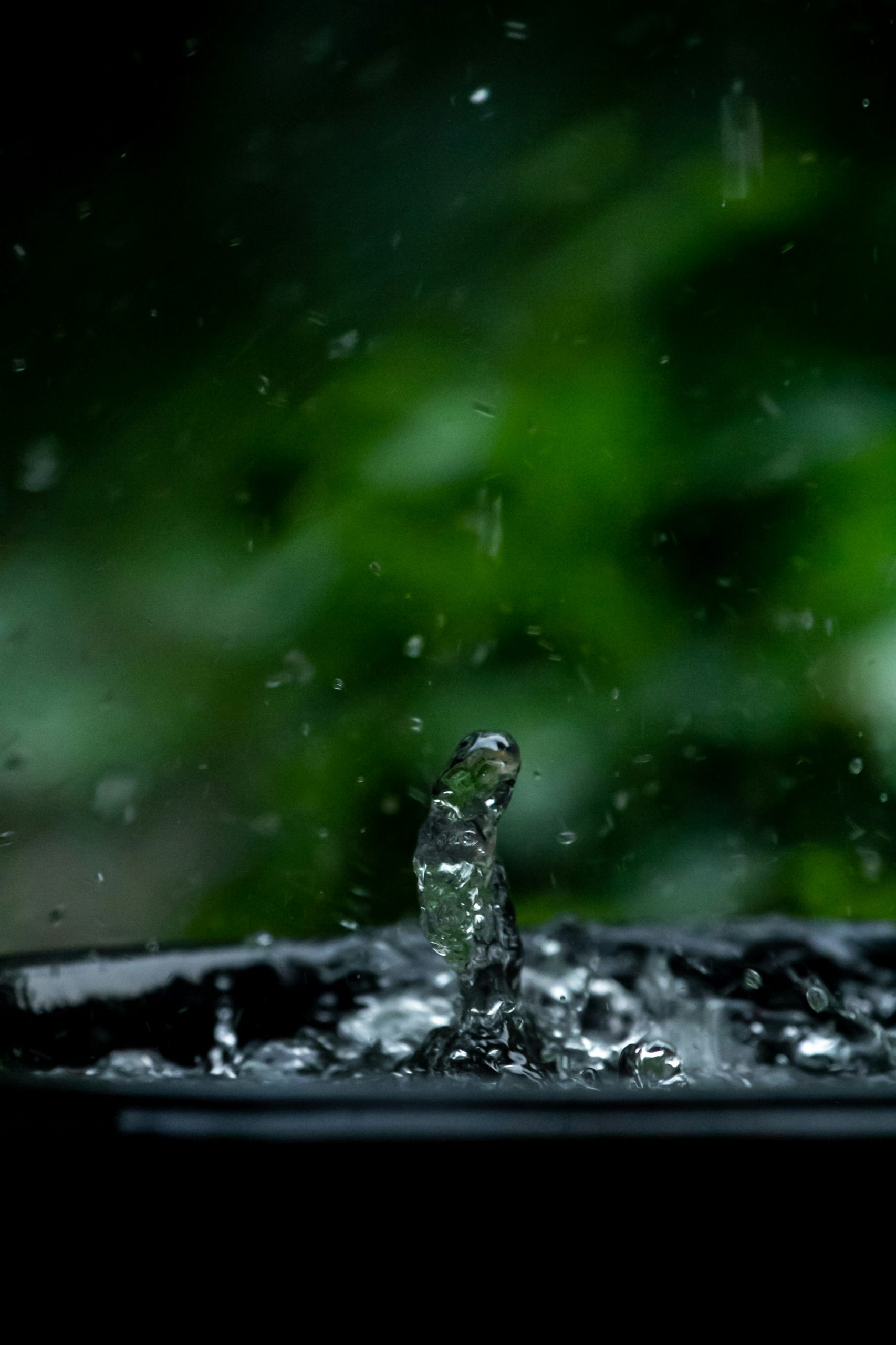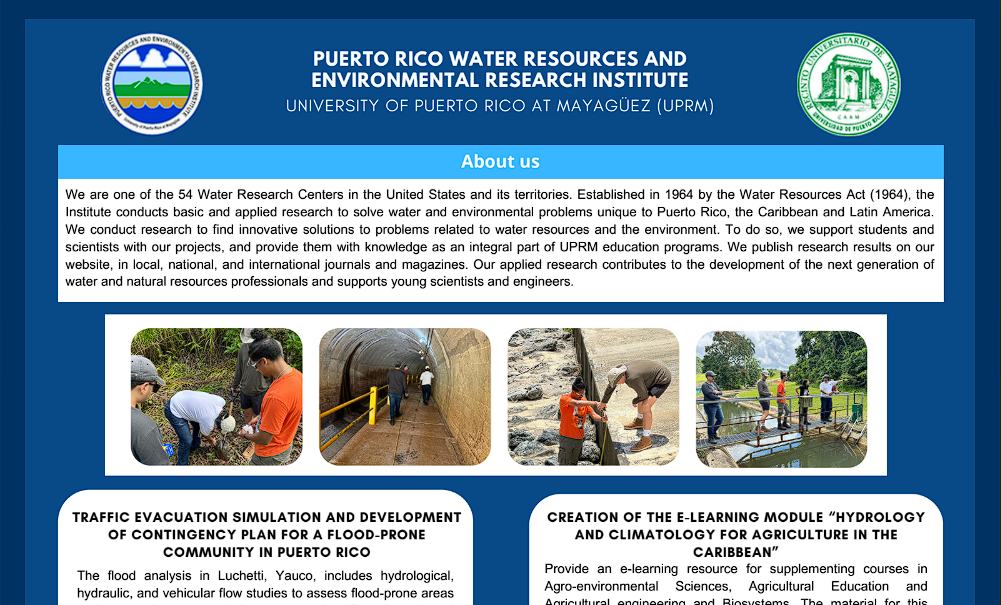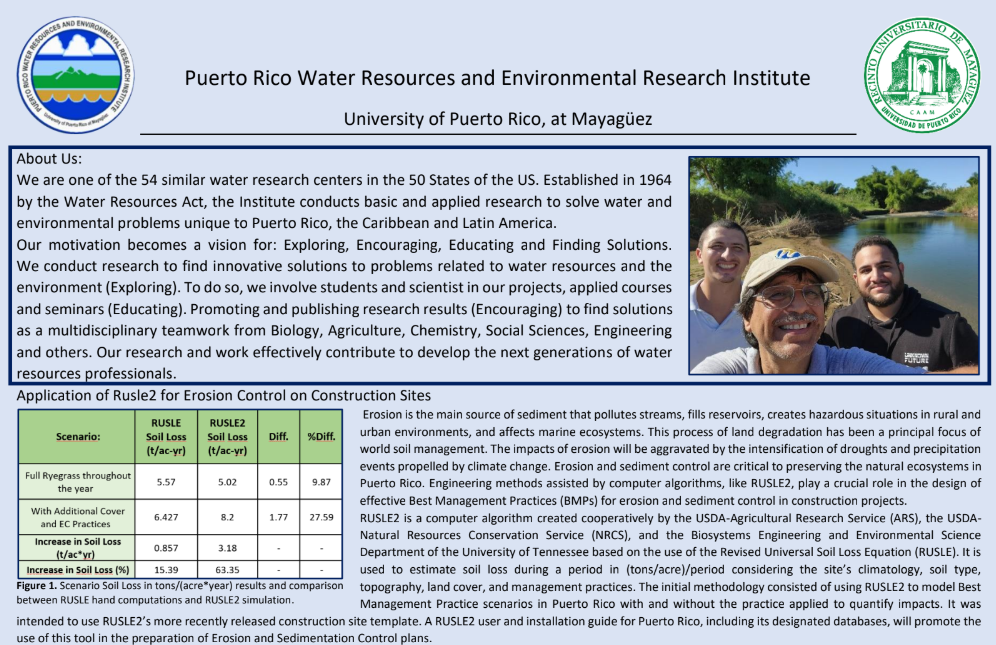Summary: This research studies how stormwater mixes with natural water bodies at discharge points, creating complex flow patterns. Using advanced simulations, it aims to develop simpler methods for engineers to understand and design better stormwater outlets.
Numerical Simulations of Flows at the Confluence Between Drainage Pipes and Open Channels
Storm Runoff and Discharge:
Rainwater from storms flows through drainage systems and is released into rivers or channels, often via side pipes connected to these water bodies.
Confluence Dynamics:
The junction where storm sewers meet natural water bodies mimics river confluences, creating new hydraulic conditions influenced by inflow from lateral drainage pipes.
Complex Flow Features:
Confluences exhibit complex three-dimensional flow conditions, including turbulence, secondary flows, and other hydrodynamic features in the Confluence Hydrodynamics Zone (CHZ).
CFD Software Utilization:
Computational Fluid Dynamics (CFD) software, like OpenFOAM®, is valuable for simulating 3D geometries, estimating water levels, and understanding flow patterns in confluences.
Engineering Challenges:
Engineers need simplified methods to compute flow conditions and water elevations at junctions, as the current 3D modeling methods may be complex for routine practice.
Research Contribution:
The research aims to enhance the basic understanding of flow at confluences and propose corrections to one-dimensional governing equations using detailed 3D simulation results, improving storm sewer outlet designs.
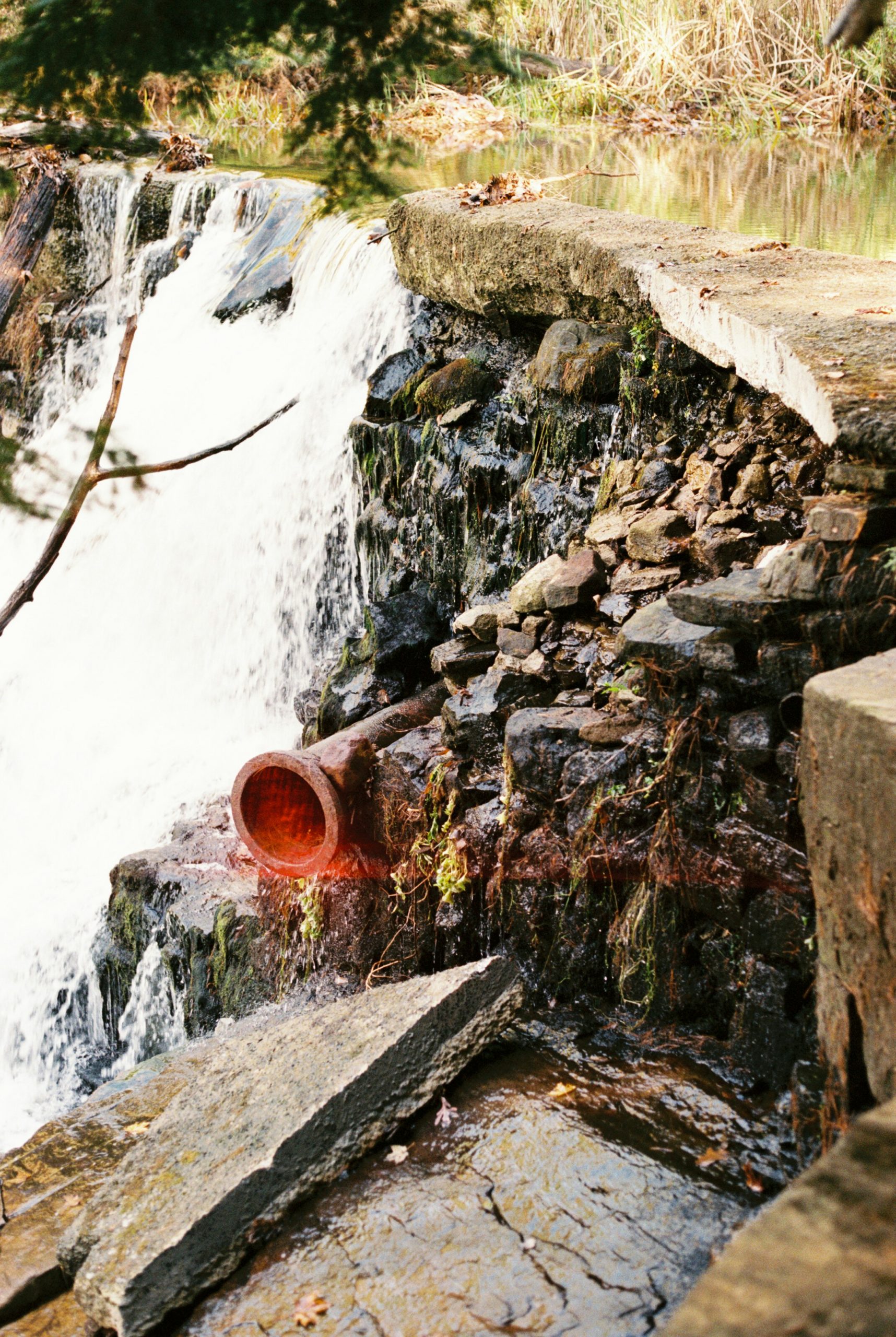
Rapid, portable and low-cost water quality device using artificial intelligence
Summary: This project aims to develop a portable, low-cost biosensor using AI and microfluidic technology to rapidly detect bacteria in water samples, meeting EPA standards and reducing detection time from days to hours. Early results show promise with Support Vector Machines for efficient data processing, while ongoing work focuses on improving accuracy and reducing processing time.
Project Goal:
Develop a portable, low-cost biosensor for rapid water quality testing using AI, rapid prototyping, and microfluidic techniques.
Purpose:
Provide a solution to detect bacteria in water samples quickly, meeting EPA standards, and reducing detection time from days to hours.
Methodology:
- Develop AI algorithms to analyze data from UV-LED/PCB and UV-LED/RGB systems.
- Use microfluidic devices for in-situ water quality testing.
- Apply digital signal processing to correlate incubation data with bacterial growth.
Key Findings:
- Successful development of AI methods to analyze sensor data.
- Challenges remain in accurately predicting bacteria levels.
- Support Vector Machines show promise for efficient data processing in portable systems.
Machine Learning Techniques Used:
Neural Networks, Support Vector Machines, and Random Forests.
Ongoing Work:
- Improve prediction accuracy.
- Reduce processing time to enhance system efficiency.
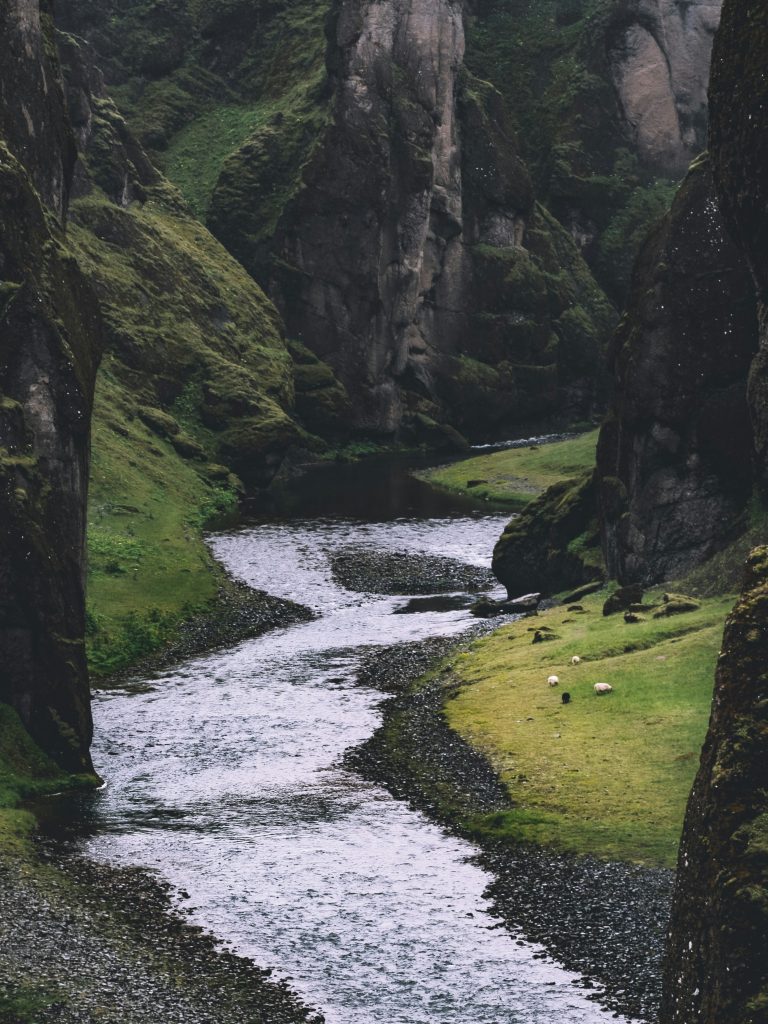
Rainfall simulation coupled with a rainfall harvesting system to strengthen soil erosion research in Puerto Rico
Summary: This project investigates soil erosion and water loss in southwest Puerto Rico using an automated runoff measurement system and an erosion plot, despite challenges from dry conditions and high temperatures. Future work will integrate a rainwater collection system with a rainfall simulator to enhance understanding of erosion dynamics.
Problem Focus:
Anthropogenic activities worsen soil erosion, with water erosion being a critical issue in tropical regions like southwest Puerto Rico.
Project Goal:
To study soil erosion and water loss under environmental challenges, such as intense weather events.
Methodology:
- Developed an automated runoff measurement system using an Arduino microcontroller and ultrasonic distance sensor.
- Constructed an erosion plot and quantified water and soil losses.
- Considered factors like temperature, humidity, solar exposure, energy consumption, and data retrieval procedures.
Challenges:
Data collection was hindered by an unusually dry season and high temperatures.
Future Work:
Integrate a rainwater collection system with a rainfall simulator to explore erosion dynamics further.
